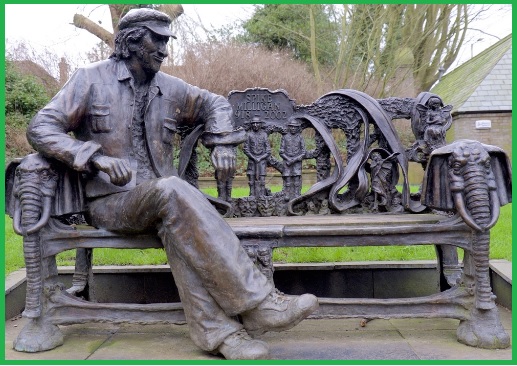Memoirs from Lynn R., Spike Milligan and life in Finchley

Since moving to Finchley on our wedding day in 1976, Keir and I have always loved our town and its surrounding areas.
Friends back in the Midlands – or the Black Country in my case – teased us about “moving down to the smoke” as London used to be known. This from someone who was brought up in the choking smoke of the Black Country!
But we made our home in Finchley where four sons were raised, followed by four beautiful grandchildren. We moved houses often but always in Finchley and were always lucky enough to live near green open spaces.
We were intrigued that many famous people have lived here too – from the gloriously irreverent Spike Milligan to a long-serving and very famous MP, Mrs. Margaret Thatcher.
One of the most committed local amenity groups is the Finchley Society which was founded in 1971 to oppose the demolition of a row of Victorian cottages in Lodge Lane.
Society founder Jean Scott, a Greater London Council member for Finchley, enlisted the support – among others – of the famously irreverent comedian named Spike Milligan. The house where he was then living, in Holden Road, now bears a blue plaque.
Spike loved the district with its open spaces, quaint architecture and the brook. He was among the first members of the Finchley Society and later became patron. Spike died in 2002. He was succeeded as patron by his long-standing friend, Joanna Lumley.
Two years later a group of family and friends combined with the Finchley Society to raise funds for a bronze statue to be set up in the grounds of Avenue House. Bottom of Form
The life-size statue depicts Spike sitting on a bench and turning as if to speak to an imaginary person sharing the bench with him.
The last word must go to the favourite comic of King Charles. Before his death at 83 Spike suggested that the epitaph on his headstone should read: “I told you I was ill.” Diocese objections led to it being inscribed . . . in Gaelic.
— Lynn Radnedge
